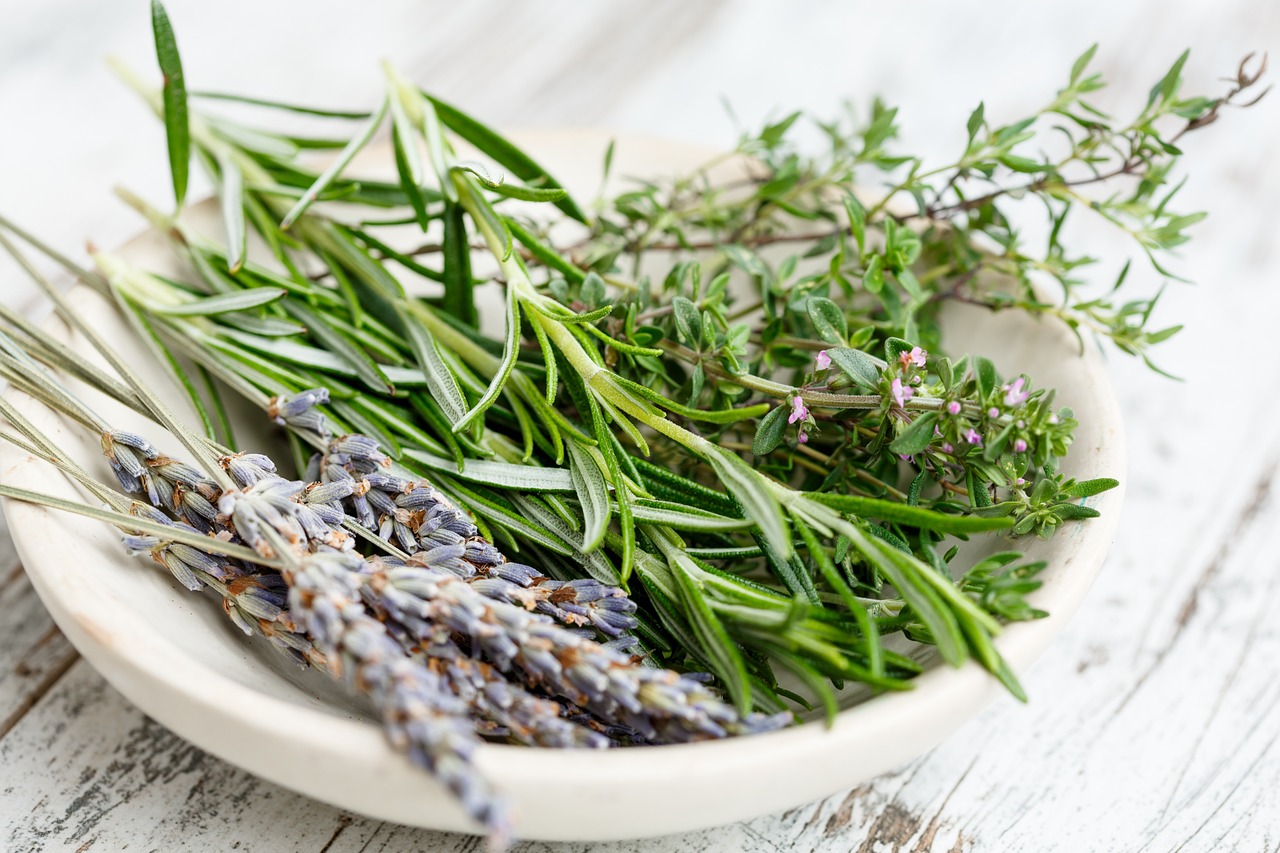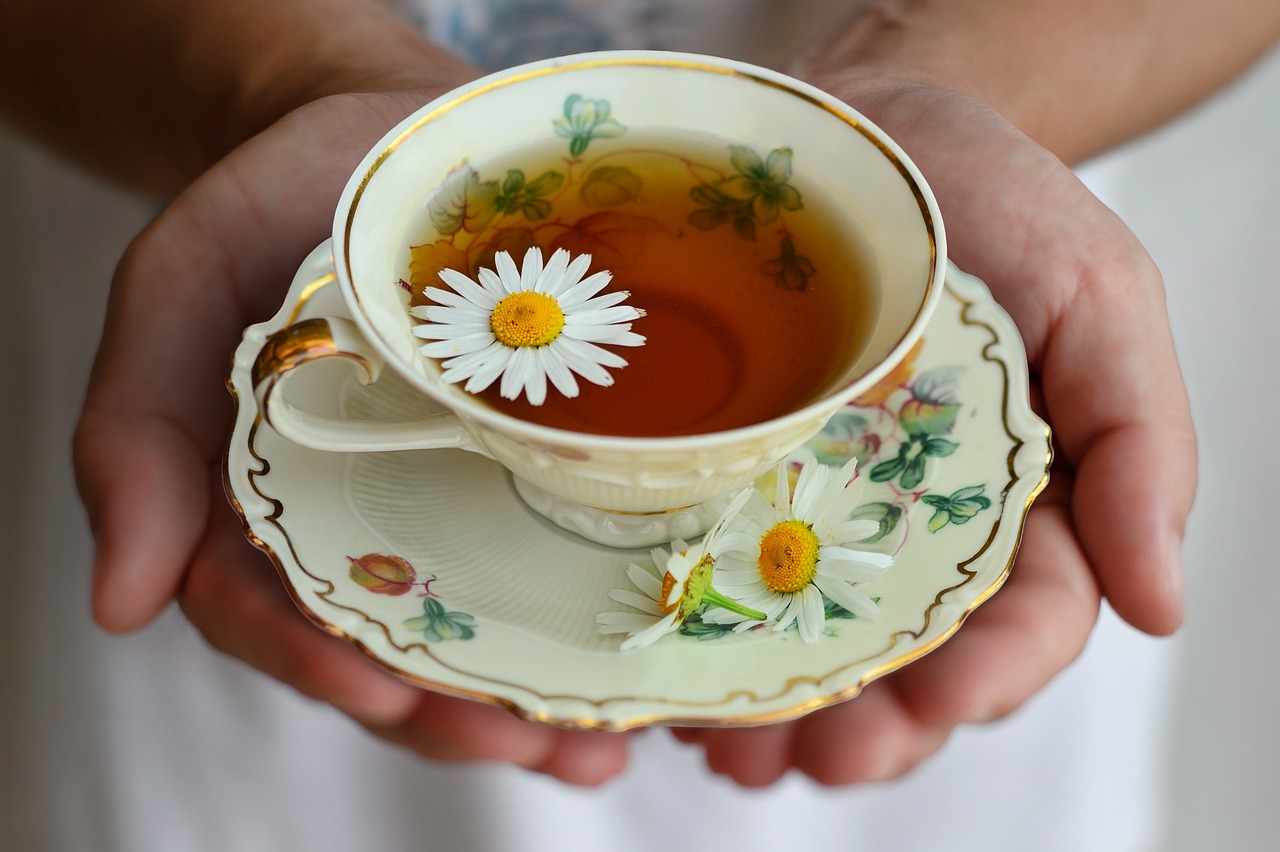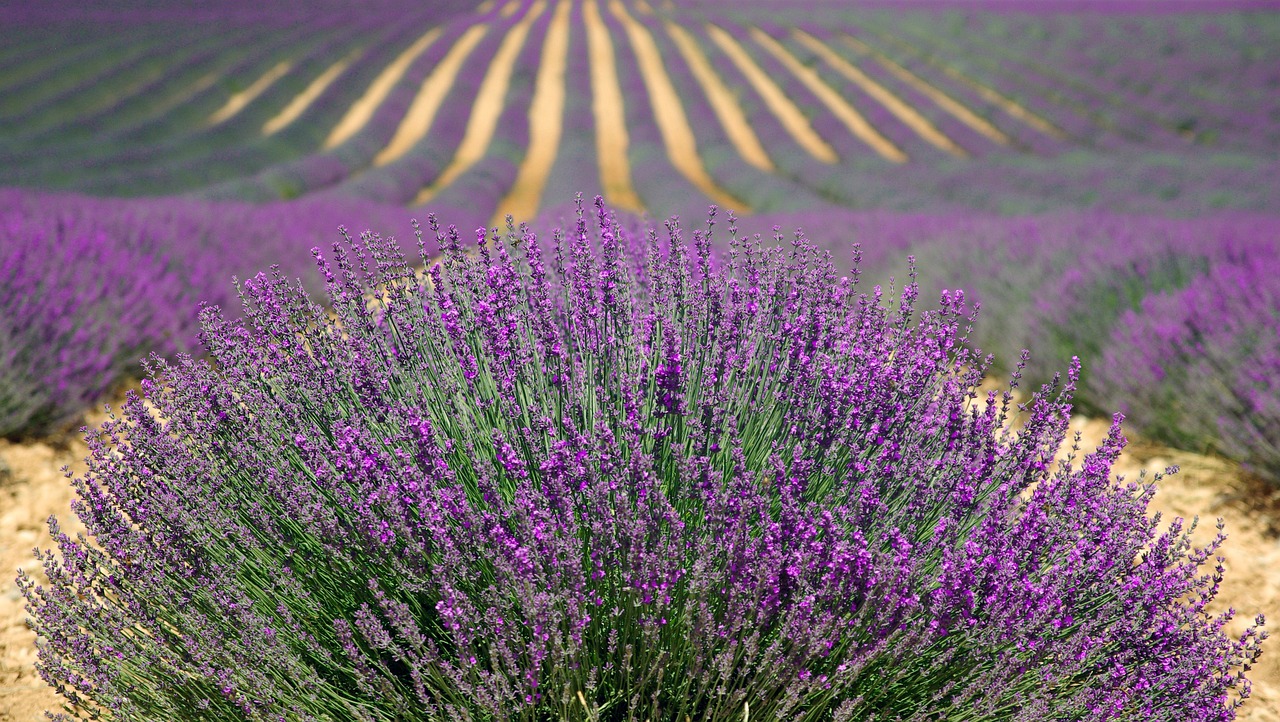Most of the water-offering places in the app are in Budapest, but the list is constantly growing, and several rural locations have also joined the initiative.Continue reading

There is great demand for Hungarian medicinal plants; the sector has significant development potential, and the country could be basically self-sufficient in herbs – the Hungarian Chamber of Agriculture and the Hungarian Herbal Association and Product Council said in a joint statement.
They noted that while in 2015, Hungarian herb exports amounted to almost 14,000 tons, in 2022, they reached only 7,000 tons, and imports were almost double that amount. So, looking at the data, there is potential for further expansion and growth in the sector, as it has already happened before.
Some 30,000 hectares of medicinal and aromatic plants are grown in Hungary.
The total market turnover of products containing medicinal, aromatic, and spice plants is between HUF 60 and 70 billion (EUR 160-188 million), with an estimated net output of the whole sector of HUF 100-120 billion (EUR 270-320 million).

One of the most popular herbs is chamomile, from which tea can be made that has an anti-inflammatory effect, among other things. Photo: Pixabay
There is a continuous demand for medicinal plants and raw materials from both industry and the general public, so the continued domestic and foreign demand provides a good background for expansion of cultivation and product development. Despite this, the sector is facing a serious shortage of raw materials and processing, and distilling plants are not able to utilize their capacity, the analysis stressed.

Lavender flowers are often used to treat restlessness, sleep disorders, and its tea has a calming and antispasmodic effect. Photo: Pixabay
In Hungary, 120-130 species of plants can be collected, of which about 70-80 species are regularly harvested.
The species and parts of plants collected in the largest quantities are: linden, rosehip, milfoil, goldenrod, nettle leaf, rough horsetail, chamomile, white wormwood, St. John’s wort, marshmallow, black elder, mistletoe, and horse chestnut.

Black elder tea has diuretic, digestive, and cough-relieving effects. It is used for colds, bronchitis, and as an immune system stimulant. Photo: Pixabay
The main herbs cultivated are mustard, poppy, cumin, coriander, fennel, rosehip, wild marjoram, lady’s thistle, anise, dill, chamomile, lemon balm, mint, thyme, lavender, and summer savory.
Featured photo via Pixabay